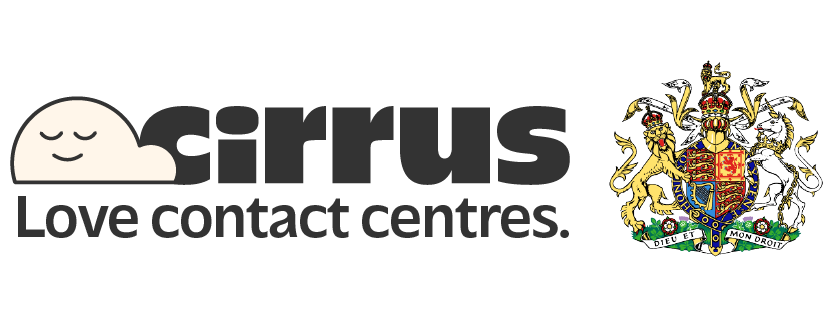What is a menu in contact handling?
A menu in contact handling is a digital feature that allows callers to choose how they wish to proceed when they reach out to a business or service centre. It works through an automated voice response system where users can interact using key presses or voice prompts. For example, a caller might hear, “Press 1 for billing, 2 for technical support, or 3 for general enquiries.” This digital receptionist simplifies call routing, saving time for both the caller and the business.
Menus are not only about efficiency but also about delivering a smoother experience. Like a paper menu in a restaurant offers diners clear options, a call menu guides callers based on their needs. It is widely used in sectors such as housing, retail, higher education, healthcare, and even not-for-profits, each customised to match caller expectations.
Examples of how to use a call menu
Here are some practical examples of how organisations use call menus to improve operations:
- Department selection: redirecting callers to billing, support, or customer care.
- Recorded messages: sharing working hours, address, or return policies without human interaction.
- Self-service access: letting callers check order status or account balance using input keys, similar to choosing from a digital menu board system.
- Multilingual support: offering multiple language options for callers, similar to options on a breakfast menu.
- Emergency handling: routing urgent calls to priority lines outside business hours.
- CRM integration: syncing menu actions with customer records to provide contextual support.
Many modern contact centres combine menu options with tools such as CRM and omni-channel solutions to create a unified experience, much like full-colour menus present an organised view of food items to busy customers.
How can call menus benefit your business?
A well-designed call menu can improve business performance in several ways:
- Reduces call handling time: automating routing avoids manual transfers
- Improves customer satisfaction: fast, relevant responses leave a good impression, like clean style food menus do in high-end restaurants
- Saves on operational costs: agents are available for complex issues while menus handle routine ones
- Supports 24/7 availability: even after hours, customers can get essential answers, such as calories without ice or daily values for food products
- Enables performance tracking: menu data can help evaluate customer preferences and service efficiency
- Seamless integration: integrates with an AI-enabled contact centre to deliver smarter routing, better agent support, and real-time insights
Sectors such as retail, government and healthcare, and higher education increasingly rely on menus for consistent service delivery, just as full menus with nutritional values support informed food selections for guests with food allergies.
What call menu features should you look for?
When choosing a call menu system, consider the following features:
- Customisable menu options: tailor responses to your business needs, like digital menu boards, adjust for seasonal differences
- Time-based routing: redirect calls based on office hours or staff shifts
- Speech recognition: allow callers to use voice input instead of the keypad, supporting accessibility for dietary restrictions
- Queue status updates: inform callers about expected wait time, as a chalkboard menu might update specials
- Fallback handling: automatically redirects unanswered options to voicemail or agents.
- Data security: protect customer information during interactions
- Analytics dashboard: track the performance of each menu path, similar to reviewing menu costs or standard product formulations
For instance, workforce optimisation tools can work alongside menu systems to manage team schedules and reduce response delays, helping deliver the quality callers expect.
Industries using call menu systems
Menus are adaptable and useful across different industries:
- Housing: for tenant queries, maintenance requests, and payment processing
- Not-for-profit: simplifying donor communication or volunteer coordination
- BPOs: managing multiple client requirements through layered menu structures, just like organising appetiser menu, dinner menu, and dessert menu under one digital menu screen
Such industries benefit from menu systems as they often deal with high call volumes and limited resources.
Enhancing menu usability
To create a better experience for callers, consider the following best practices:
- Limit choices per level: avoid overwhelming the user with too many options, similar to not overcrowding a paper menu
- Keep voice prompts short: use direct and clear language
- Offer agent access early: let users speak to a person if needed
- Test regularly: check that paths work as expected
- Support accessibility: use accessibility tools for inclusive service, particularly for customers with food allergies or religious requirements
Also, integrating with tools like AI-powered agent support can enhance the system’s intelligence by offering predictive assistance based on caller history and patterns, including preferences like gluten-containing or craveable ingredients.
Why a menu matters for the modern caller
Today’s customers expect quick, personalised service. A well-built call menu acts as a first impression for your business. It should be helpful, not frustrating. A poorly designed menu can make callers abandon calls or leave with a bad experience, just like encountering a blind menu with no clear structure.
Adding payment options via secure systems or syncing calls to tools like Microsoft Teams for agent collaboration can make a menu much more powerful.
For global teams and distributed offices, the menu also becomes the connector, linking every caller to the right person, no matter where they are located. Like a lavish menu caters to both formal meals and evening meals, a well-designed menu structure supports guests at business meals as well as busy customers.
Final thoughts
The call menu is no longer just a simple option selector. It has become a core part of how contact centres deliver service, manage resources, and shape the customer journey. A well-designed menu can reduce operational costs, improve first-call resolution, and support higher satisfaction levels. But to stay effective, it needs regular review. Are your callers reaching the right department quickly? Are any steps causing frustration or call abandonment? Think of the menu as a living system, one that should adapt as your services, customer needs, and feedback evolve. Small improvements here can make a big difference everywhere else.
If you are considering improvements, speak to a solutions expert or request a demo to see what modern menus can offer.
Your Contact Centre, Your Way
This is about you. Your customers, your team, and the service you want to deliver. If you’re ready to take your contact centre from good to extraordinary, get in touch today.


